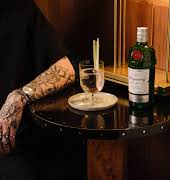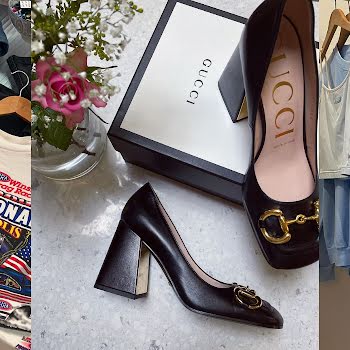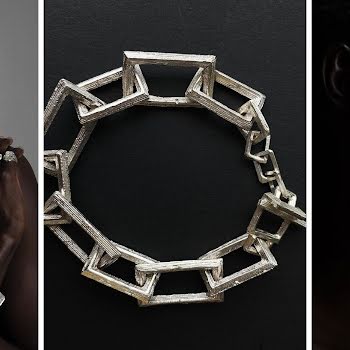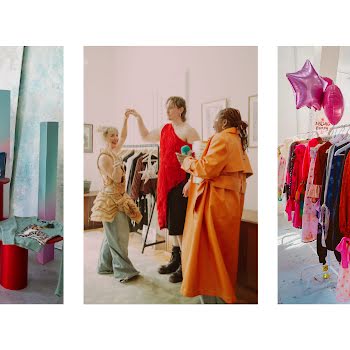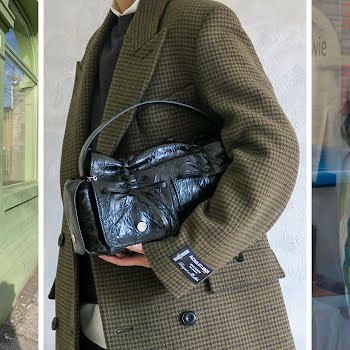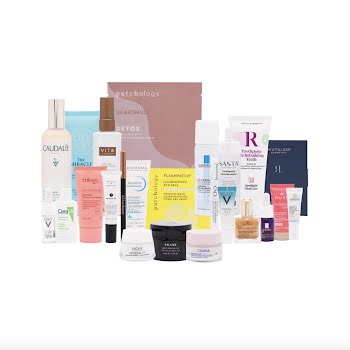
By IMAGE
Breaking up with your colourist – when you are one – is no mean feat. Hairstylist Jacqui Fay sheds some light on why she went grey in her late thirties.
Working as a hairstylist and colourist for more than two decades, Jacqui Fay know every trick to covering grey hair and maintaining vibrant colour. Below, she reveals why she decided to “give in” and go grey herself.
Turning 40 might have had something to do with it.
Let me start at the beginning. I noticed my first grey hair when I was 25. I started tinting my hair with an all-over application to mask those early pewter strands. I went through every crayon powder compact, which would temporarily disguise greys between colouring. The more I tried to experiment by opting to go richer or lighter, it would end up compromising the coverage and those silver shimmers would inevitably reappear. Even with all the tools at my disposal, I struggled to get blanket coverage.
Advertisement
In the following years, I tried everything. I experimented with every colour of the rainbow and went from chocolate brown to pillar box red to flaming copper – you name it, I tried it. As time went on, a necessity rather than creativity became the driving force behind my colour changes. Despite all my best efforts, the grey would sneak back. Each time, the feelings I had around it intensified. I felt unattractive, sad, irritated and old (before my time). The reappearance of grey would deeply affect my mood and how I felt about myself. Although I knew it shouldn’t matter, it bothered me that my husband, who towers over me at 6ft 5in, had a bird’s eye view of my ageing roots. But as soon as I’d reapplied the colour, my mood instantly lifted and I felt like me again. The relief was immeasurable, and I walked a little taller knowing the grey was masked. But as the years went by, the length of time I’d get out of each colour process would decrease, and I found myself reapplying some form of coverage every three weeks to keep the glimmering white lines at bay.
I went from a few scattered greys to 20 per cent grey, 40, then 60 before eventually hitting 80 per cent. The condition changed too, and my hair became coarser and more stubborn, which inevitably made it harder to get complete colour coverage. Topped off with the added bonus of having particularly fast hair growth, my frustration kept pace with my roots.
Fortunately, thanks to the perks of my job, I wasn’t incurring the cost of all of this colouring, but it was hugely time-consuming. I eventually started to research women who were my age and grey. I came across a lot of young women choosing to go grey and realised I wasn’t alone. When I discovered Sarah Harris, the fashion features director of British Vogue, and an ambassador for Redken, I realised I’d found a like-minded soul. She is two years my junior, smart, confident, incredibly stylish in every way, and a woman who has enviable silver locks. Who wouldn’t want to emulate that? I began to notice the tone of her hair would change in the different pictures I found of her online. Sometimes her hair would have a very distinct violet tone, then other times it would have a really interesting blue tone to it. I started to realise that this could be the solution I was looking for and I could use toners to change up the look while keeping the grey looking fresh.
Going grey was a big step, so I asked my nearest and dearest what they thought about my plan. Most thought I was too young to go grey; others thought it wouldn’t complement my Celtic skin tone. And what would it say to my clients? Luckily, I found a champion in my friend, and colleague, Emma Kennedy, who also happens to be an award-winning colourist. She agreed to help me. We both knew that letting it grow out wasn’t an option given my job, so after much discussion, she advised I restructure the length of my hair to a short bob. The condition would deteriorate while my hair adjusted. Emma stripped the rich red from my hair before a full head bleach brought it to a pure white so that as my own colour was growing out, it blended. As it grew, I highlighted certain areas that were darker so it would make the growing-out phase a little more bearable. Each time putting less and less in.
Playing with toners means I can change it up quite easily – some days it’s more intense than others, but what’s great is that they wash up really quickly and I’m back to pure white whenever I want.
While it’s been a long and challenging year, it’s really opened my mind to the fact that by trying to cover up my greys for all those years, I was conforming to something that never felt right. Ironically, embracing the very thing that was making me feel insecure and owning it has made me feel so much more confident. It’s also inspired others. So many of my clients have started broaching the subject too. They want to know if it’ll suit their skin tone, and these aren’t mature customers, but women in their thirties and upwards. Some want to blend their greys, while others want to embrace them entirely, and then you have the ones who just want to have a little fun with toners and still be able to change it up. The wonderful thing is there are lots of options to be considered, and it really doesn’t have to be this big scary ordeal. It will take time, but amazing results can be achieved with the right guidance.
But it starts with being brave enough to have the conversation.
This article originally appeared in the June 2018 issue of IMAGE Magazine.
Advertisement






